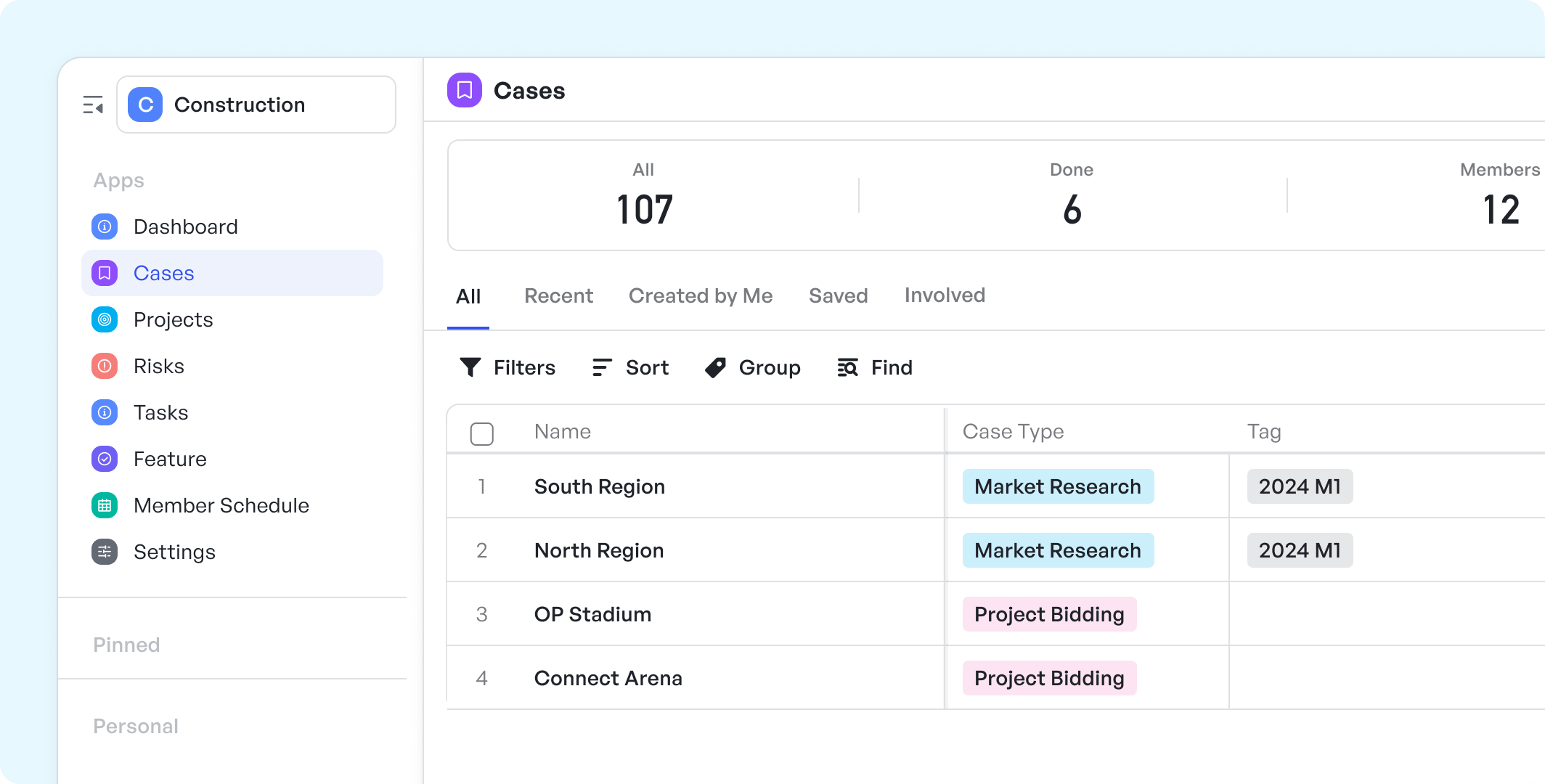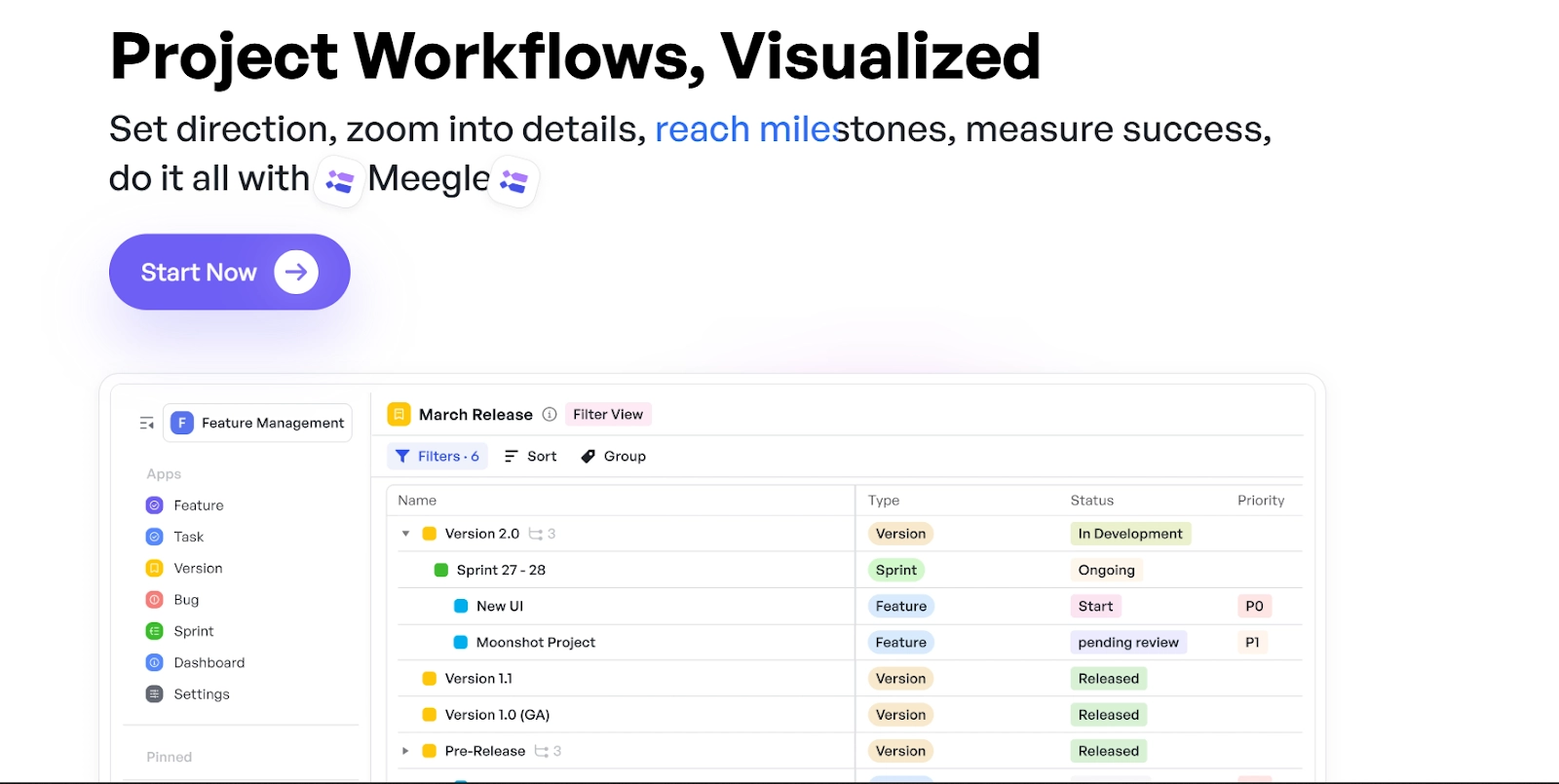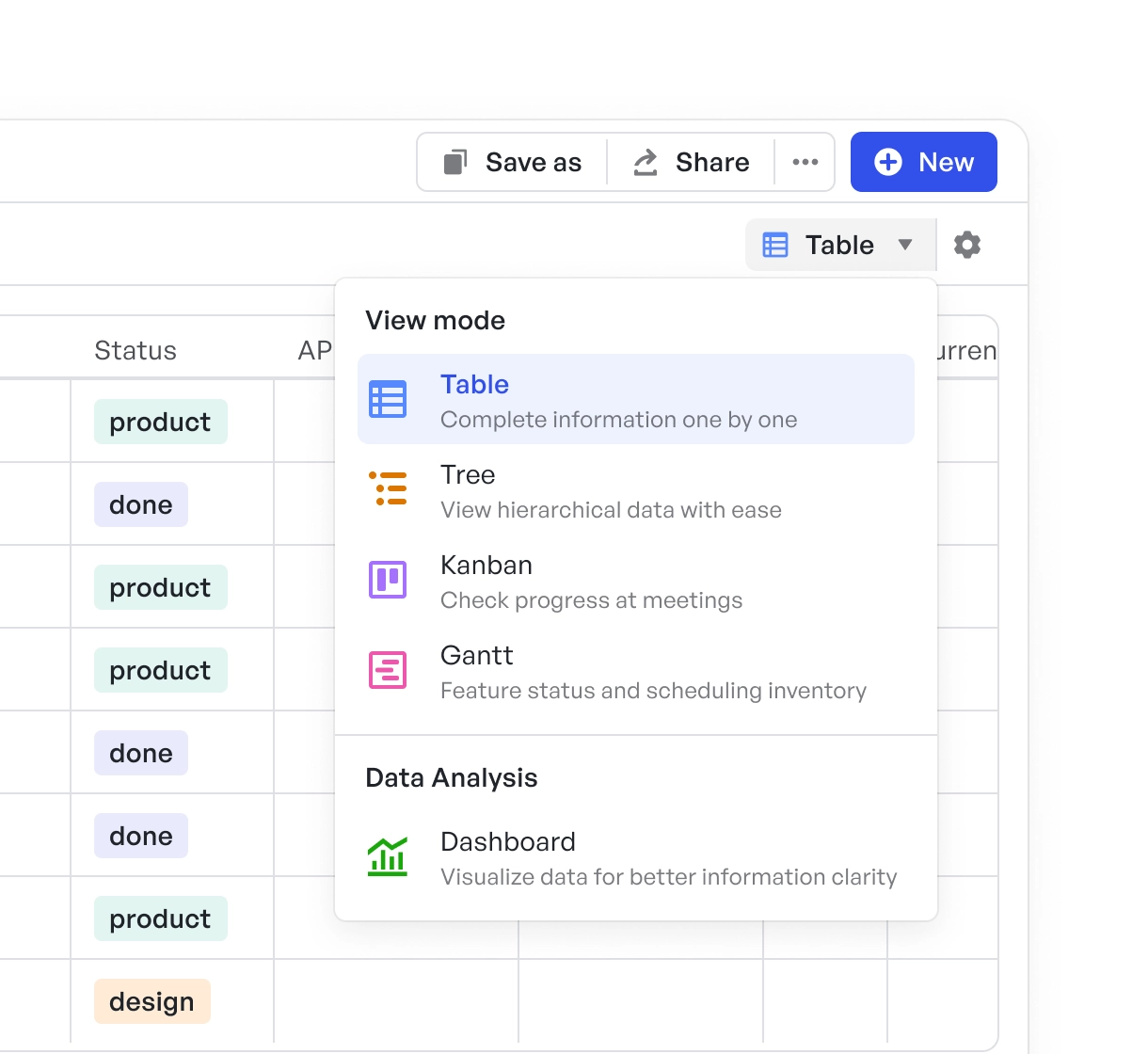How to Implement Kanban in Construction

History and Origins
Kanban, a term derived from the Japanese word for "visual signal" or "card," was originally developed by Taiichi Ohno at Toyota in the 1940s as a lean manufacturing tool. Its primary goal was to optimize production efficiency by visualizing workflows and limiting work in progress (WIP). Kanban has since transcended its roots in manufacturing and found its place in various industries, including construction, where it helps teams streamline tasks, improve project timelines, and reduce waste.
By visualizing tasks and managing workflows, Kanban provides a clear view of what is happening at any given moment, fostering better decision-making and communication among team members.
To better understand how Kanban can transform construction project management, let’s explore its core principles, benefits, and the steps involved in successfully implementing it within your teams.
Core Principles of Kanban
At the core of Kanban are five fundamental principles:
Visualize the Workflow: Displaying tasks and their status allows teams to understand the flow of work, identify potential bottlenecks, and see progress at a glance.
- Limit Work in Progress (WIP): By establishing WIP limits, teams can ensure that no one task overwhelms the team, reducing overwork and preventing inefficiencies.
- Manage Flow: The goal is to manage the smooth flow of tasks from start to finish, minimizing delays and maximizing productivity.
- Make Process Policies Explicit: Clearly defined rules for how tasks move through the system help prevent confusion and ensure all team members are on the same page.
- Improve Continuously: Regular reviews of workflows and feedback loops enable ongoing process refinement, making the system more efficient over time.
When applied in the construction industry, these principles help manage the complexities of construction workflows, from planning to execution.
Tools like Meegle can help visualize these processes, providing transparency and facilitating collaboration through customizable Kanban boards.
Also read: Applying Kanban Principles to Reduce Downtime and Boost Production
Benefits of Kanban in Construction
Enhanced Workflow Visualization
One of the key advantages of Kanban is its ability to visualize workflows clearly. In construction, this means displaying all ongoing tasks, from procurement to site work, in a visual format. This real-time visualization allows team members to see which tasks are completed, which are in progress, and which are awaiting attention.
Meegle enhances this process by providing visualized workflows with easy-to-use Kanban boards, where tasks are displayed and tracked across customizable views. This transparency fosters better communication and ensures that everyone on the project is aware of the status of tasks.
Improved Resource Allocation
Kanban also helps in managing resources more effectively. With limited work in progress (WIP) for each task, teams are forced to focus on what is most critical, allocating resources where they are needed most. This improves the ability to handle unexpected issues that arise in construction, such as delays in materials or workforce availability.
Meegle's customizable dashboards enable project managers to track resource utilization in real-time, ensuring that labor and materials are allocated efficiently across multiple project tasks.
Increased Team Collaboration
Kanban promotes teamwork by requiring team members to collaborate and communicate regularly about the status of tasks. It encourages shared responsibility for tasks and outcomes, ensuring that no team member works in isolation. This approach not only enhances communication but also fosters a stronger sense of accountability.
With Meegle, teams can easily collaborate on tasks by using shared boards and real-time notifications. The platform facilitates seamless communication and ensures that all team members are aligned with project goals.
Boosted Project Efficiency
In construction, efficiency is key to meeting deadlines and budgets. Kanban's iterative nature helps eliminate waste by ensuring that only the necessary tasks are in progress at any time, preventing delays and reducing unnecessary overhead.
 Construction engineering template in Meegle
Construction engineering template in MeegleMeegle’s flexible workflow templates and automation tools further streamline project management, improving task tracking, deadlines, and communication, ultimately boosting project efficiency.
Also read: A Complete Guide to Project Management Methodologies for Every Project
Implementing Kanban in Construction
Setting Up Kanban Boards
The first step in implementing Kanban in construction is setting up Kanban boards that clearly visualize project workflows. These boards should include columns for each stage of the construction process, from planning to completion. Each task should be represented as a card, moving across columns as the task progresses through various stages.
Meegle simplifies this process by providing digital Kanban boards that can be customized to suit any construction project. Whether you’re managing a single project or multiple teams, Meegle’s intuitive interface allows you to create and modify Kanban boards with ease.
Identifying Workflows
Once the Kanban board is set up, it’s important to identify the workflows that need to be visualized. This includes procurement, site preparation, construction, quality control, and project delivery. By breaking down each stage of the process, you create a clear visual representation of tasks, timelines, and dependencies.
 Workflows in Meegle
Workflows in MeegleMeegle’s customizable workflows allow project managers to set up task dependencies and see the entire project lifecycle, ensuring that team members stay informed about project progress and dependencies.
Establishing Work-in-Progress Limits
To ensure that tasks are completed efficiently, establishing WIP limits is essential. In construction, this could mean limiting the number of tasks that can be worked on at once, ensuring that each team member focuses on a manageable number of tasks.
Meegle’s platform enables project managers to set WIP limits for each stage of the workflow, ensuring that the team remains focused and avoids overloading any one area of the project.
Regular Process Reviews
Frequent reviews of the process are essential for identifying bottlenecks and making continuous improvements. Kanban emphasizes the need for regular retrospectives, where teams analyze the project’s flow and identify areas for improvement.
With Meegle’s reporting and analytics features, teams can track progress and analyze performance data to identify trends, bottlenecks, and areas for further optimization.
Also read: Best Project Management Software for Construction
Overcoming Challenges
Managing Resistance to Change
As with any new methodology, resistance to change can be a significant challenge when implementing Kanban in construction. Team members may be hesitant to move away from traditional methods or adopt new tools. Overcoming this resistance requires clear communication about the benefits of Kanban and how it improves workflow management.
Meegle helps facilitate this transition by providing an easy-to-use platform that simplifies the process of adopting Kanban. Its user-friendly interface and customizable templates make it easier for teams to understand and adopt the new system.
Training and Skill Development
For successful Kanban implementation, training is crucial. Teams need to understand how to use Kanban boards effectively and how to collaborate efficiently within the new system. Ongoing skill development is essential to ensure that team members are continually improving their processes.
Meegle offers extensive training resources and best-practice guides, making it easier for teams to learn and implement Kanban principles effectively.
Kanban Tools and Technologies
Integration with BIM (Building Information Modeling)
In modern construction, BIM plays a crucial role in the planning, design, and execution of projects. Integrating Kanban with BIM allows project managers to visualize the entire construction process from design to completion, ensuring that the workflow aligns with project requirements.
Meegle’s integration capabilities enable seamless synchronization with BIM tools, helping construction teams manage their workflows efficiently and maintain alignment across all project stages.
Digital Kanban Solutions
Digital Kanban solutions offer a range of benefits over traditional paper-based boards, including real-time collaboration, data analysis, and integration with other project management tools.
 Kanban view in Meegle
Kanban view in MeegleMeegle provides a fully digital Kanban solution, ensuring that construction teams can collaborate effectively, track progress, and optimize performance.
Also read: 9 Best Agile Project Management Software for High-Performing Teams
Future of Kanban in Construction
Trends and Innovations
The future of Kanban in construction is bright, with continuous advancements in digital tools, automation, and integrations with other technologies like BIM and IoT. These innovations will further improve project efficiency, resource management, and collaboration.
Meegle’s constant updates and improvements ensure that teams always have access to the latest tools and features, helping them stay ahead of the curve in implementing Agile practices like Kanban.
Long-Term Impacts on the Industry
As more construction companies embrace Kanban, the long-term impacts will include better project predictability, reduced costs, and improved overall project outcomes. Kanban will continue to drive efficiency and productivity across the construction industry.
Conclusion
Kanban offers a proven framework for improving efficiency, collaboration, and productivity in the construction industry. With the right tools, like Meegle, construction teams can visualize workflows, allocate resources effectively, and ensure smooth project execution.
Ready to get started with Kanban on your construction projects?
Try Meegle’s free version today and explore how visualized workflows and Agile methodologies can help you streamline your construction process!
The world’s #1 visualized project management tool
Powered by the next gen visual workflow engineRead More
Check All BlogsStart creating impactful work today



